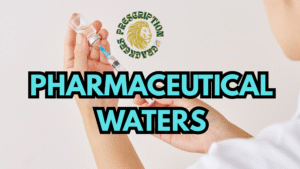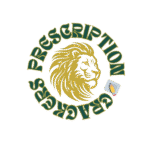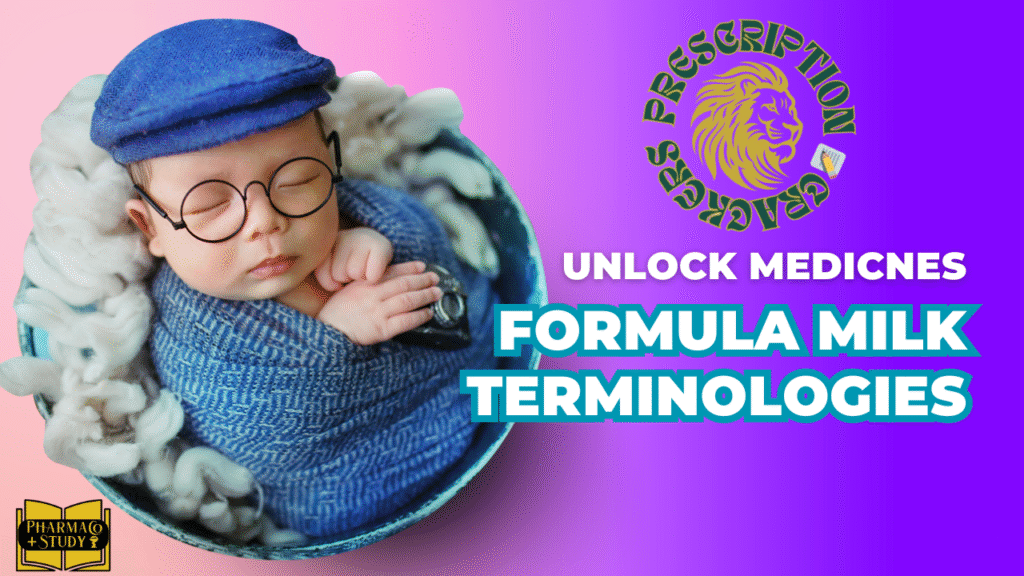PHARMACEUTICAL WATERS - THE CORE CONCEPT

Water is the most widely used vehicle for drug solutions and thus should comply with all the conditions for specific usages. The USP recognizes 7 types of water for the preparation of dosage forms:
a. Purified water USP is water obtained by distillation, ion exchange, reverse osmosis, or other suitable treatment.
- It cannot contain more than 10 parts per million (ppm) of total solid
- should have a pH between 5 and 7.
- Purified water is used in prescriptions and finished manufactured products except parenteral and ophthalmic products.
Explanation
Distillation: A thermal process, where water is boiled and steam is collected and condensed to separate the water from impurities.
Ion exchange method: A method that removes unwanted ions from water via using ion exchange resins. Water is first passed through a cation exchange resin column, that exchanges cations like calcium and magnesium ions present in water with hydrogen ions and then passed through an anion exchange resin column, that exchanges chlorine and sulphate ions with hydroxyl ions.
Reverse osmosis: A membrane based process that removes dissolved salts, organic matter and bacteria etc by applying pressure to force the water to pass through the semi-membrane
b. Water for injection USP is water obtained by distillation or by reverse osmosis.
- It conforms to the standards of purified water but is also free of pyrogen.
- Water for injection is used as a solvent for the preparation of parenteral solutions e.g. injectable antibiotic solutions and not for directly reconstituting the injectable drug
c. Sterile water for injection USP is water for injection that is sterilized and packaged in single-dose containers of type I and II glass.
- These containers do not exceed a capacity of 1 L.
- Mainly used as diluent for reconstitution of injectable drugs
- The limitations for total solids depend on the size of the container.
d. Bacteriostatic water for injection USP is sterile water for injection that contains one or more suitable antimicrobial agents.
- It is also packaged in single- or multiple-dose containers of type I or II glass.
- These containers do not exceed the capacity of 30 mL.
e. Sterile water for inhalation USP is water that is purified by distillation or by reverse osmosis (i.e., water for injection) and rendered sterile.
- It contains no antimicrobial agents, except when used in humidifiers or similar devices
Reason: In such devices the water remains present for a long time and thus has chances of microbial growth. So, in order to prevent microbial growth antimicrobial agents are added.
- This type of water should not be used for parenteral administration or for other sterile dosage forms
Reason: As they are not tested as per the requirements of injections for pyrogenicity, tonicity and particulates matter control which all have specific limits for injections
f. Sterile water for irrigation USP is water for injection that is sterilized and suitably packaged.
- It contains no antimicrobial agents or other added substances.
- Mainly used for surgical site rinsing, wound irrigation and body cavity rinsing during operation
- Can’t used for injection as the osmolarity is not specifically adjusted for IV or IM use
g. Sterile purified water USP is purified water sterilized and suitably packaged.
- It contains no antimicrobial agent.
- It is not intended for use in parenterals.
Reference: Comprehensive pharmacy review, edition 7th


